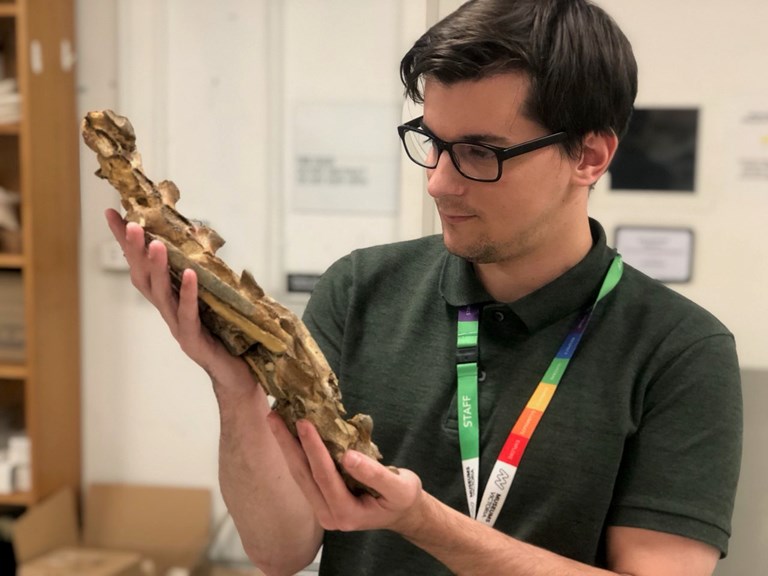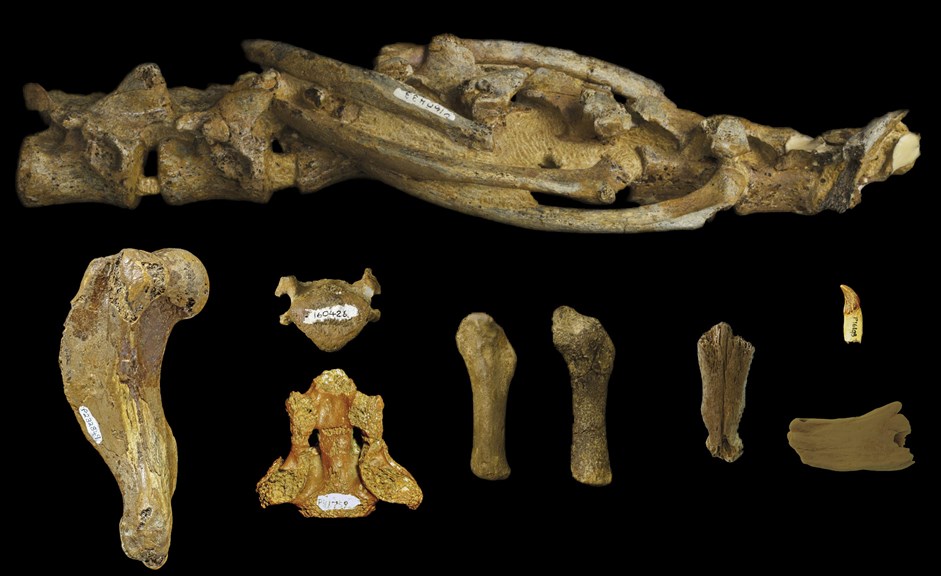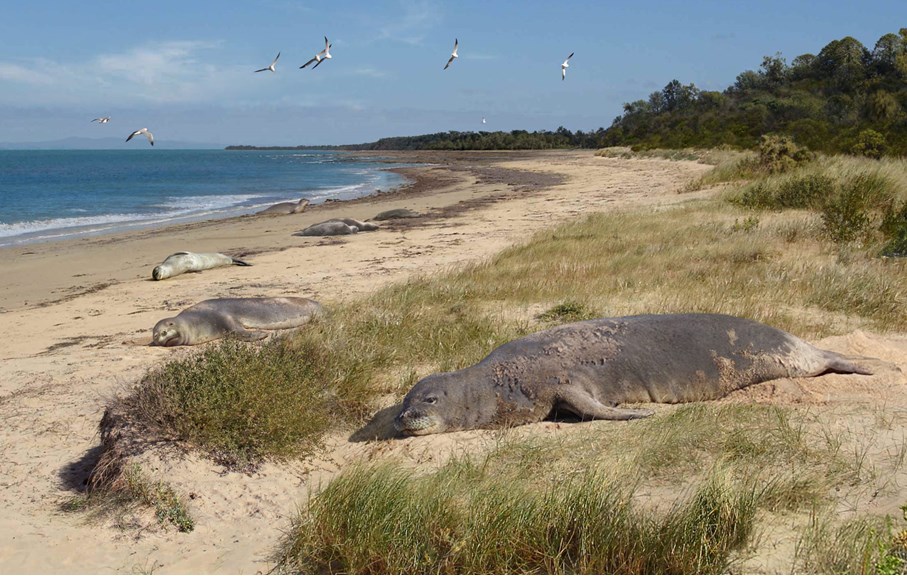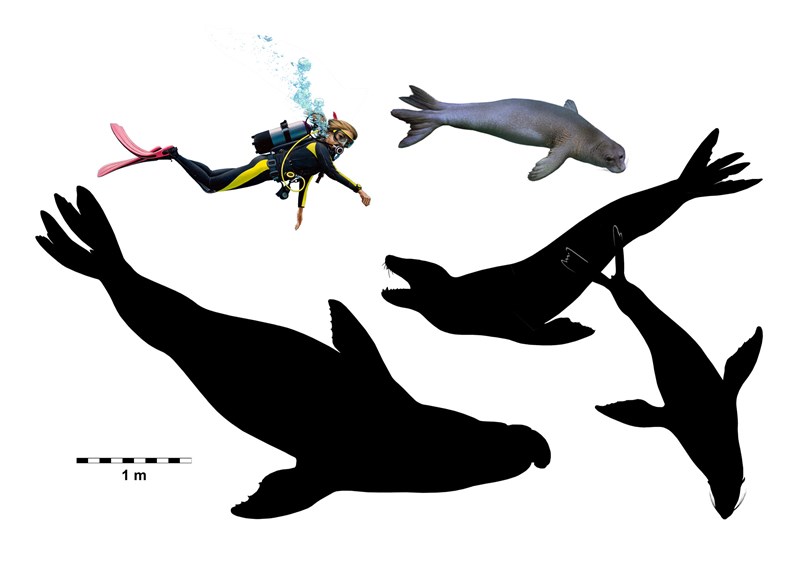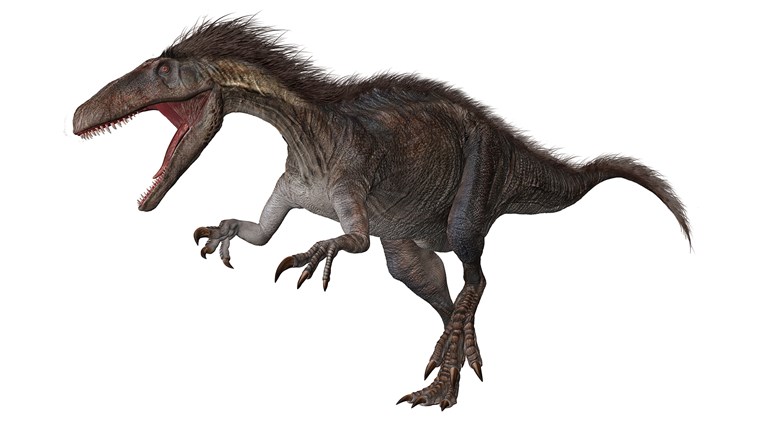The puzzle of Melbourne’s small and ancient seals
‘Landmark’ study rewrites history of seals in southern Australia thanks to fossils washed up on Melbourne beach.
In 2020, many people have spent hours on jigsaw puzzles. Young palaeontologist James Rule was among them. Only James’ puzzle was a little different.
Firstly, the pieces were millions of years old. Second, they were found either washed up on a suburban Melbourne beach, or submerged beneath the waters of Port Phillip Bay over the course of 90 years.
There were a couple of other discrepancies, but two major points of difference.
James had just a handful of pieces and was working to assemble an image to which there was no guide.
The picture he would reveal is outlined in a scientific paper published on August 18 in the Zoological Journal of the Linnean Society. The pieces were seal fossils.
But James was not puzzling together articulated skeletons. Most were fragments eroded for more than five million years by the waves and sand off what is, today, the suburb of Beaumaris.
‘To the untrained eye, I’d probably describe some of these fossils as shapely rocks,’ James says.
‘Yet these unlikely-looking fossils have turned out to be very important.’
The fossils totally rewrite the history of seals in southern Australia. We know now that these seals were unrelated to—and smaller than—the Fur Seals and Sea Lions that call the bay home today.
None other than Professor Tim Flannery has hailed James’ study a ‘landmark’.
He had good reason to pay close attention. As a school boy, long before he would become one of Australia’s most prominent scientists, a young Tim discovered the first of what would become James’ puzzle pieces.
In those intervening 50 years, dozens more fossil seal fragments turned up–some collected by professional scientists, many by enthusiastic amateurs.
None, though, have quite the same mystique as that first fossil found by Professor Flannery.
For one, it is by far the most visually striking—a set vertebrae and ribs that look, well, like a fossil.
Also, there is the very strong likelihood that the rest of that seal’s five-million-year-old bones are sitting below a few metres of water off a Melbourne beach, awaiting discovery.
The problem is, not even Tim knows precisely where. He remembers the day, as an 11-year-old, he swam out a little deeper into the bay with a mask and snorkel. Tim remembers diving down, spying something strange and carrying a heavy object to the surface. Diving repeatedly, losing breath, being swept away by a current.
Tim returned, searching in vain for the rest of the fossil he knew must still be there.
‘To this day, the rest of the skeleton is laying there on the bottom of the bay somewhere in Port Phillip.’Professor Tim Flannery
'The hind limbs, the back of the animal and—who knows—maybe even a skull.’
Tim hopes the rest of these bones will be found, a discovery he said would be ‘a major scientific breakthrough’.
Armed with a complete skeleton, the job of palaeontologists like James Rule would be far more straightforward.
In the meantime, they have to puzzle together what pictures they can with the fragments they have. Unsurprisingly, it is painstaking work.
‘I spent a lot of time at the museum, in the collections, with all these bones in front of me on a table, just, basically, looking at them,’ James says.
‘It’s very systematic work.’
Just like a bedroom jigsaw puzzler, James looks for the grooves and indentations that speak to where a piece fits into the bigger picture.
These tell him what muscles and tendons the fossil animated in life, and the other bones to which it connected.
Often though, for all the hours of looking, little can be deciphered from the ‘shapely rocks’. The wind and waves have done too thorough a job of erasing its features.
But, sometimes, James can determine what type of animal the bone belonged to, how big it might have been or how its body functioned.
And with this forensic examination, James and his co-researchers have been able to glean important information.
Notably, these ancient seals were smaller than those of today. This, they say, is likely because the Port Phillip Bay of five million years ago was significantly warmer.
Essentially, every time an animal eats another animal, energy is lost in a food chain. Cold ocean food chains are remarkably efficient, allowing those on top to grow to greater size.
This is evidenced by the Blue Whale—a species which cuts out the middlemen, eats plankton, and grows to the largest size of any animal ever known.
While not reaching such a gargantuan-scale, the seals of today’s colder Port Phillip Bay were at least half-a-metre longer than their ancient counterparts.
They also belonged to an entirely different family of seals. The bay’s modern seals belong to a group known as otariids, or eared seals. We now know their ancient counterparts were monachines, whose ranks also include the small Monk Seals of the Mediterranean and Hawaii and five larger seals of Antarctica: the Elephant, Leopard, Weddell, Crabeater and Ross seals.
We now know that fossil seals of Beaumaris called Port Phillip Bay home for at least three million years before the arrival of their modern counterparts. But many questions remain.
‘Where they closely related to the Antarctic seals of today or were they something completely new?’ James wonders.
‘We pretty much have no idea.
‘And the only way to figure that out is to find more fossils.’
